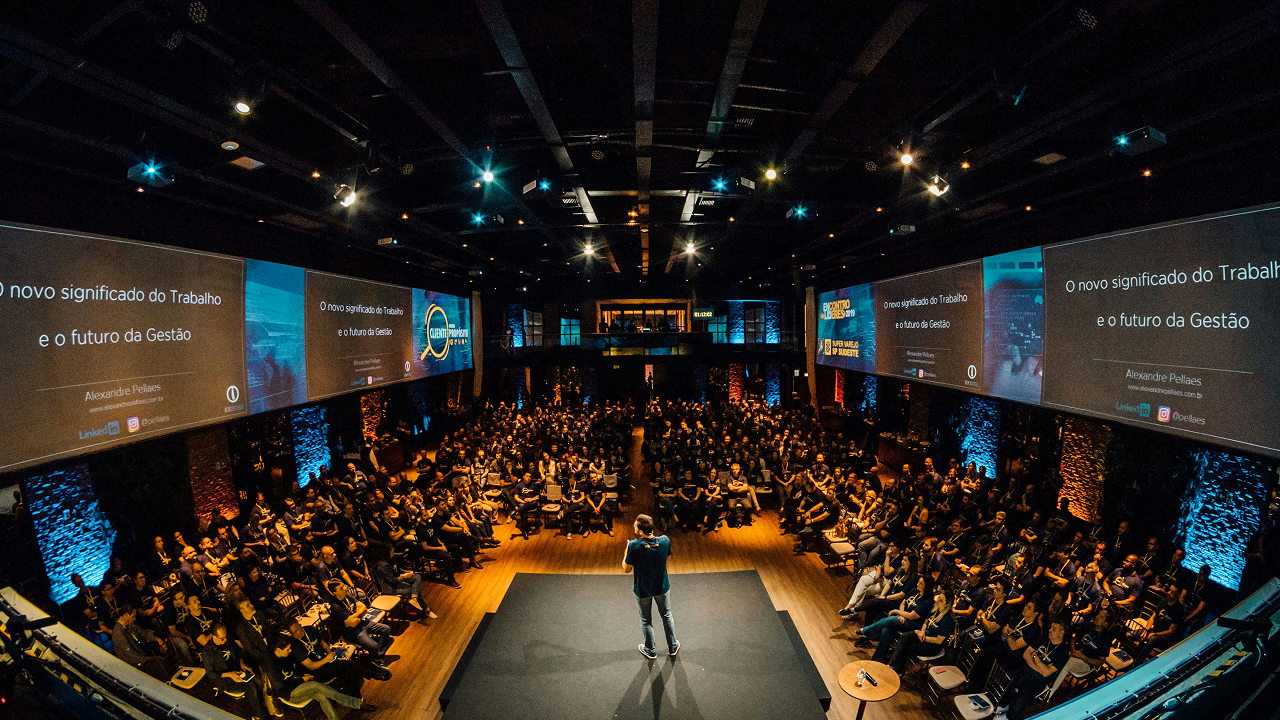Think Different: Making Content Marketing Inclusive for Neurodivergent Consumers

Diversity and inclusion have now become crucial considerations for brands when it comes to their marketing strategies. Many companies are beginning to hold themselves accountable for their lack of inclusivity and are making genuine strides to rectify that.
When we think of inclusive marketing, we think of campaigns that are more racially diverse or gender sensitive. These are all significant in the fight for equality and representation, but there is another population that deserves recognition and accommodations – neurodivergent people.
What is Neurodivergence?
Neurodivergence, or neurodiversity, is a non-medical umbrella term for people who fall on a spectrum of atypical mental function. It includes diagnoses such as autism spectrum disorder (ASD), attention deficit/hyperactivity disorder (ADHD), and other neurological or developmental conditions.
Some researchers attribute neurodivergence as a concept to Judy Singer, a sociologist in the 1900s who herself had autism. She posited neurodiversity as an opportunity for society to learn from and become more accepting of people whose brains function differently from the “norm.” It was essential that these differences are not viewed as deficits, but rather are simply another way of experiencing the world.
A neurodivergent or neurodiverse person will have different mental functions, learning styles, sensory processes, and communication behaviors. There may be struggles identifying social cues or acts of “stimming,” repetitive and unusual body movements.
Neurodivergence is not a diagnosis, but a concept. Having an official diagnosis makes a person neurodivergent, although they may not always ascribe to that label. And neurodivergence affects a significant percentage of the global population – possibly more than people realize.
Neurodiversity and Demographics: The Stats
Some studies estimate that between 15–20% of the global population exhibits a form of neurodivergence. In children, for example, about 1 in 100 are on the autism spectrum. Meanwhile, the percentage of people with dyslexia is usually quoted as 5–10%, but that could go as high as 17%.
In terms of how neurodivergence affects different demographics, studies are still woefully behind. In the U.S., per the CDC data from 2016–2019, around 6 million children aged 3–17 years old have been diagnosed with ADHD.
Boys (13%) are more likely to receive a diagnosis than girls (6%), although research has shown ADHD in girls is less likely to be recognized due to differences in symptoms and manifestation. Meanwhile, White and Black children have higher rates of diagnosis versus Hispanic or Asian children.
Moreover, the chances of comorbid conditions are high – about 6 in 10 children with ADHD have a concurrently present psychological, psychosocial, or behavioural disorder such as anxiety, depression, and autism spectrum disorder.
For those on the spectrum, between 44–52% have a learning disability. Just as with ADHD, there are more reported diagnoses of autism in men versus women. The most up-to-date estimates give the ratio at 3:1 for men to women.
Existing Initiatives for Inclusive Marketing
What this data shows is that neurodivergent people make up a minority demographic, but they are no less significant in the global population. Moreover, this data is based only on reported cases, and the rates at which people fail to report a condition are unknown.
There do not seem to be existing large-scale initiatives targeted at neurodiverse consumers yet. Inclusive marketing has surged over the past decade, with companies such as Procter & Gamble, Google, and Coca-Cola coming up with marketing campaigns that feature racial minorities or physically-disabled individuals.
Some companies have featured actors with Down Syndrome, such as Walmart’s spring commercial with Ethan Holt. There are many subtle ways that brands and companies can be more inclusive to neurodiverse consumers in their marketing. Make no mistake though – small initiatives still have a large impact in the long run.
How to Make Marketing Inclusive for Neurodivergent Consumers
Neurodivergence leads to a difference in experiencing the world – both physical and digital. And it is in the digital space that marketers need to make accommodations to ensure their content is accessible for everyone.
Simplified messaging
This isn’t to say that humour and metaphors have no place in marketing strategies. Companies shouldn’t settle for “boring” or “bland” copy – that would be pandering, not true inclusivity. Instead, brands should be aware of how they present information and ensure it isn’t meandering or unnecessarily complicated.
Things like passive voice, vague generalizations and assertions, long-winding paragraphs… These are all hallmarks of bad content by themselves, but they’re extra inaccessible for neurodiverse consumers. Brands should also avoid obscure language, technical jargon, and abstract phrases that will muddle their attempt at communication.
Cohesive colours
Sensory processing is one major factor of neurodivergence (although not every neurodiverse person experiences it). And that includes processing colours in visual content. Wildly bright or contrasting colours are difficult to view and may be overwhelming or distressing to neurodivergent viewers.
Selecting more muted colour palettes that are complementary and cohesive not only looks good, but makes your visual content more accessible and less straining. The general recommendation is a maximum of three colours on a white background, while ensuring you keep that scheme consistent.
Subtitles and alt text
Alternative text formats aren’t inclusive only for the visually-impaired! For neurodiverse consumers who have difficulty processing audio or video formats, a transcript of sorts is invaluable. Offering alternative formats and textual content allows viewers to consume information in a way that makes them most comfortable.
Alt text doesn’t have to be just for images, either. Websites can offer hover text or prompts on different design elements such as buttons, infographics, etc.
Accessibility in UI and UX
One big step that brands can take to be more inclusive of neurodiverse consumers is a switch to dyslexia-friendly fonts. Sans serif fonts or specific dyslexia-targeted fonts such as Dyslexie make the experience of browsing your website more comfortable. Brands can format their sites with these fonts outright, or offer the option to switch to an alternative font.
There’s also the option of implementing Bionic Reading, an innovative way to format text through typographic highlights. This font accommodation works best for users with ADHD and other psychological conditions. The idea is to make it easier for ADHDers and other neurodivergent people to read at their own pace while allowing for better understanding of the text.
It’s also important to recognize sensory differences when it comes to design elements such as on-screen movements and embedded videos. Disabling autoplay, or offering the option to disable all on-screen animations, is a good way to make your website more accessible.
Neurodiverse perspectives
If you want to make your marketing more inclusive, then include diverse perspectives from the get-go. The more diverse your team, the more voices are heard – giving you different opinions and outlooks you may not have considered. This applies not only to neurodivergence, but to other minority identities such as gender, race, and sexuality.
This is especially significant given that neurodivergent people tend to have difficulty finding employment. There exists a strong stigma around neurodiversity that needs to be combated by intentional actions such as diversified hiring and sensitivity consultations. By allowing neurodivergent people a seat at the table, you allow them to directly impact and control decisions that will affect them – and that includes marketing strategies.
Marketing Makes Room
Marketing teams make the decisions regarding their strategies, but ultimately, these strategies should be tailored to the consumers. By making room for everyone – all sorts of identities and experiences – brands can reach wider audiences and broaden their consumer base. Accessible marketing also shows a commitment to inclusivity and a recognition that people are endlessly diverse – and they shouldn’t be excluded because of that.
Kika is a full-service marketing agency that takes an agile approach to developing, implementing, and managing projects. If you’re interested in making your marketing campaign more inclusive and accessible, we offer strategic marketing and digital marketing services that will boost your exposure and maximize your ROI.
Get professional advice with no commitments – book a free consultation with us today!




